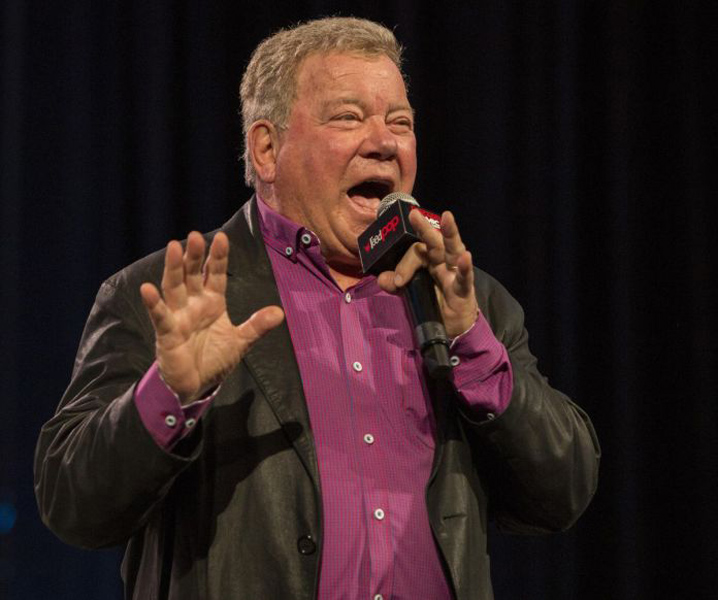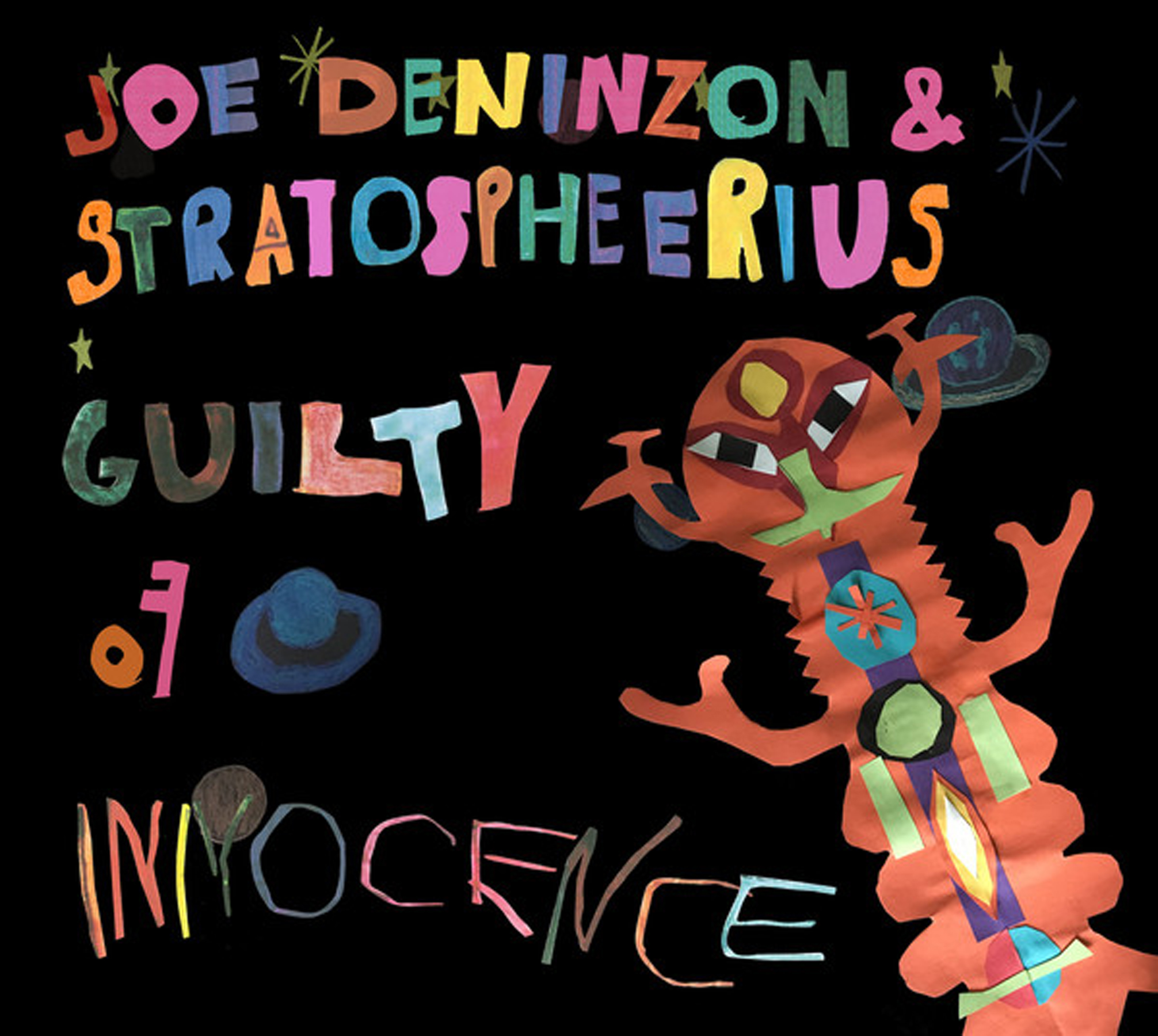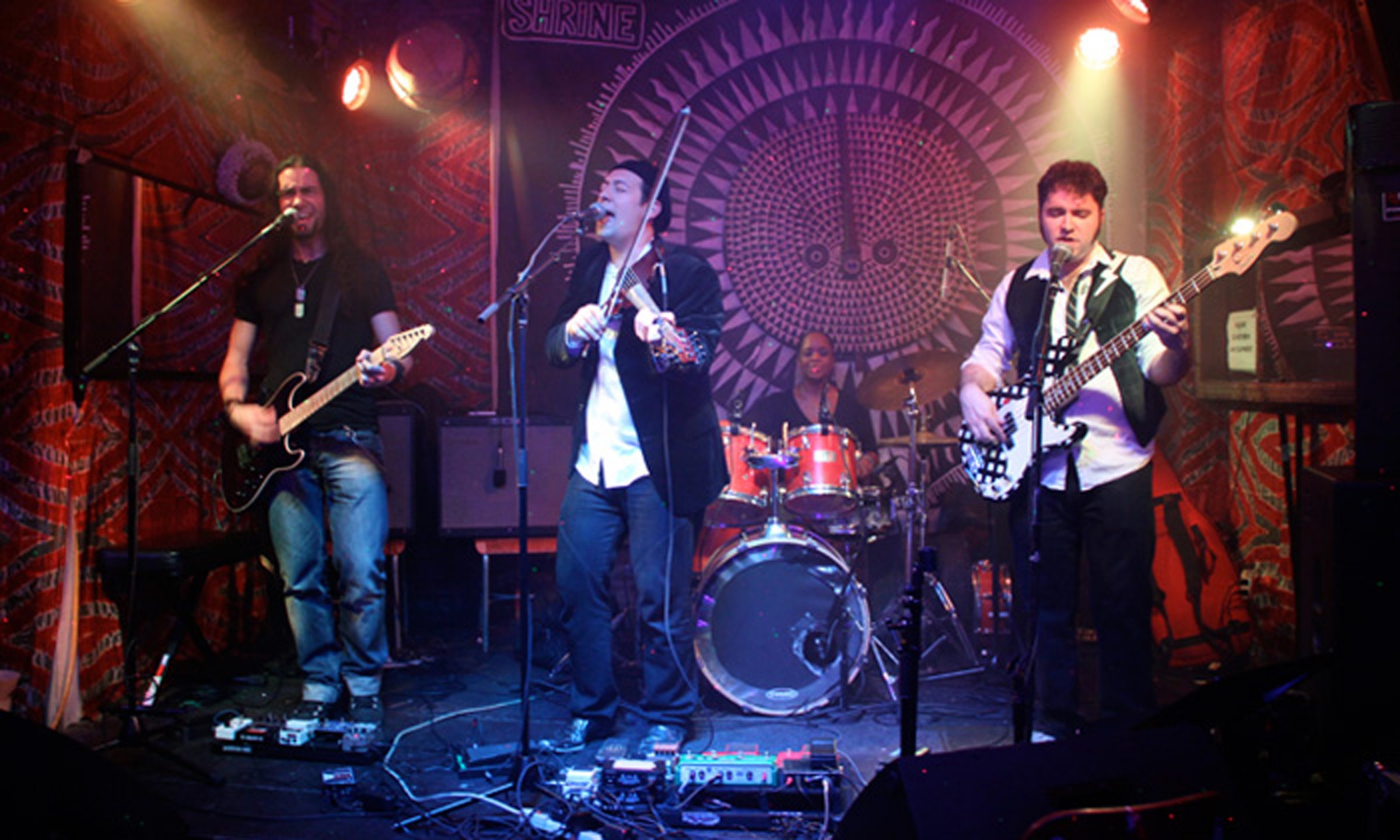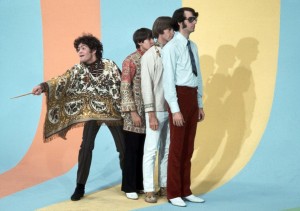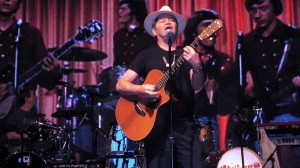
They’re a little bit Donny and a little bit Marie… and a little bit James Brown and a little bit McKinley Morganfield… maybe even a little bit Woody Guthrie. The music of the Kentucky Headhunters is permeated with an amalgam of everything that is American music. The boys from the heart of Kentucky are a lean and not-too-mean Rock and Roll machine, hitting on all four cylinders. Like the rest of the world, Greg Martin, Fred Young, Richard Young and Doug Phelps found themselves with jobs that they couldn’t go to and, in a couple of cases, they were put low by the virus that held us all prisoners for nearly 30 months. Guitarist Martin said that the band was just “crawling out of the wreckage” in 2021, reconvening in February to record what became the album THAT’S A FACT JACK! and somehow managing to play about forty-five dates through the end of the year. Now, the Headhunters are back on the road and coming to the Effingham (Illinois) Performance Center, just a few hours up the road from Greg’s adopted home of Glasgow, Kentucky. With opening act Confederate Railroad in tow, he has guaranteed a good time for all. When asked what can be expected on April 2 in Effingham, Martin said, “It’s gonna be like somebody opened the corn crib and let a bunch of hogs in. It’s gonna be a frenzy of Rock and Roll, Country and Blues. Naw, man… we’re gonna have a great time. We always love playing that part of the state; it’s always a blast. We got a lot of fans. Yeah. I think you’re gonna see some guys just happy to be out playin’ music again.”

As excited as the guitarist was to get back to playing live, he was just as excited to tell us about his other career and, naturally, our conversation eventually ambled into a discussion about Greg’s LOWDOWN HOEDOWN program on WDNS radio out of Bowling Green. The three hour Blues-intensive show airs Monday nights beginning at 7:00 Central time and streams at wdnsfm.com. Brother Greg is a true musicologist and traditionally delves into the roots and the seedy underbelly of the beast we call Rock and Roll… don’t expect any type of genre segregation with this show as the man was raised on AM radio when it didn’t matter what kind of music was being played as long as it was good. You can expect the same type of show from the Headhunters. What a great way to spend a Saturday night! For ticket information, head over to the Performance Center’s site, the-epc.org.











